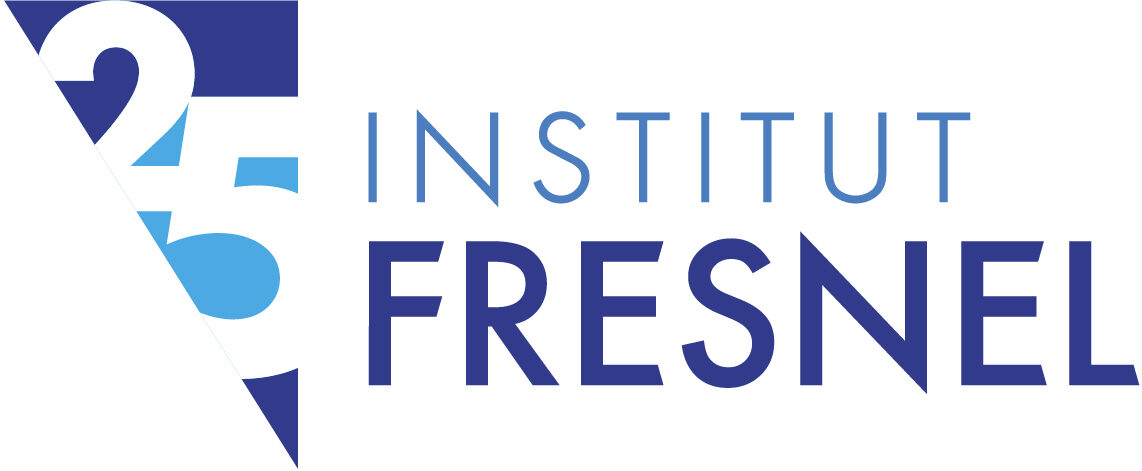Pol Sopeña du LP3 donnera un séminaire intitulé « Temporal strategies for internal ultrafast 3D laser processing of semiconductors » le mercredi 23 juillet 2025 à 9h30 dans la salle Pierre Cotton du laboratoire (N-1).
Résumé : The high intensities of tightly focused ultrafast laser beams allow locally transforming the structural properties of transparent materials by nonlinear absorption. Thus, by focusing below the surface, complex micro- and nano-sized three-dimensional patterns are routinely fabricated with applications in photonics, electrooptics, or biomedicine. Moving to the infrared regime, these femtosecond sources are specially interesting as they could allow fabricating silicon photonics components in one-stop stations. However, when trying to focus within Si, or any other semiconductor, their intrinsic high refractive index and narrow bandgap lead to a detrimental reduced effective numerical aperture and the appearance of nonlinear propagation and pre-focal plasma, which limit the energy delivery at the focus and prevent modification. In this context, we present a set of strategies developed over the years to reduce these unfavorable effects and cross the bulk modification threshold in semiconductors.
On the one hand, by increasing the numerical aperture by solid immersion within a sphere, we show the first modification in Si with ultrashort pulses; however, the demonstration is far from practical cases. On the other, we observe that by temporal shaping away from single femtosecond pulses, we reduce the pulse intensity and cross the modification threshold. We induce inner structural change with picosecond pulses, being able to fabricate micro-sized modifications in Si. In the nanosecond regime, despite lower intensities, we induce enough multiphoton absorption for total 3D writing and laser welding of dissimilar semiconductors. With THz-repetition rate bursts of ultrashort pulses, we can inscribe lines in gallium arsenide for stealth dicing applications. In a quest to produce high aspect ratio structures, by picosecond pulses and an axicon-lens doublet, we can write optical through-silicon vias of 1 mm for communication applications. Finally, to improve the resolution, a double-pulse strategy of synchronized femto- and picosecond pulses allows us to achieve sub-diffraction-limit-size modifications below the surface that are completely rewritable for optical memories. In summary, we show how we can surpass the bulk modification threshold in semiconductors using non-conventional configurations, opening new range of applications for 3D laser processing technologies.
Biographie : Pol Sopeña received his Ph.D. degree at the Universitat de Barcelona (Spain) in 2020 after working laser-induced forward transfer (LIFT) for printed electronics. Immediately after, he joined the LP3 laboratory (Marseille, France), first as a postdoc (CNRS employee and MSCA postdoctoral fellowship) and later as a CNRS research fellow (chargé de recherche) since 2024. His studies have focused on ultrafast laser processing of materials, investigating new strategies to tailor and modify semiconductors anywhere in 3D space. This leads to 3D laser writing applications like laser welding or waveguide inscription. Currently, he is interested in laser processing non-uniform complex materials like polycrystalline ceramics or granular polymers, finding adaptative strategies to compensate and minimize in-volume scattering.
Contact : Pol Sopeña – LP3 UMR 7341, 163 Av. Luminy 13009 Marseille
Invitation : Thomas CHAIGNE – MOSAIC Group

